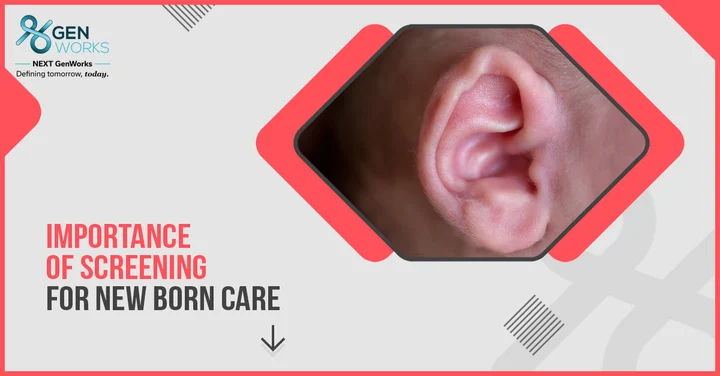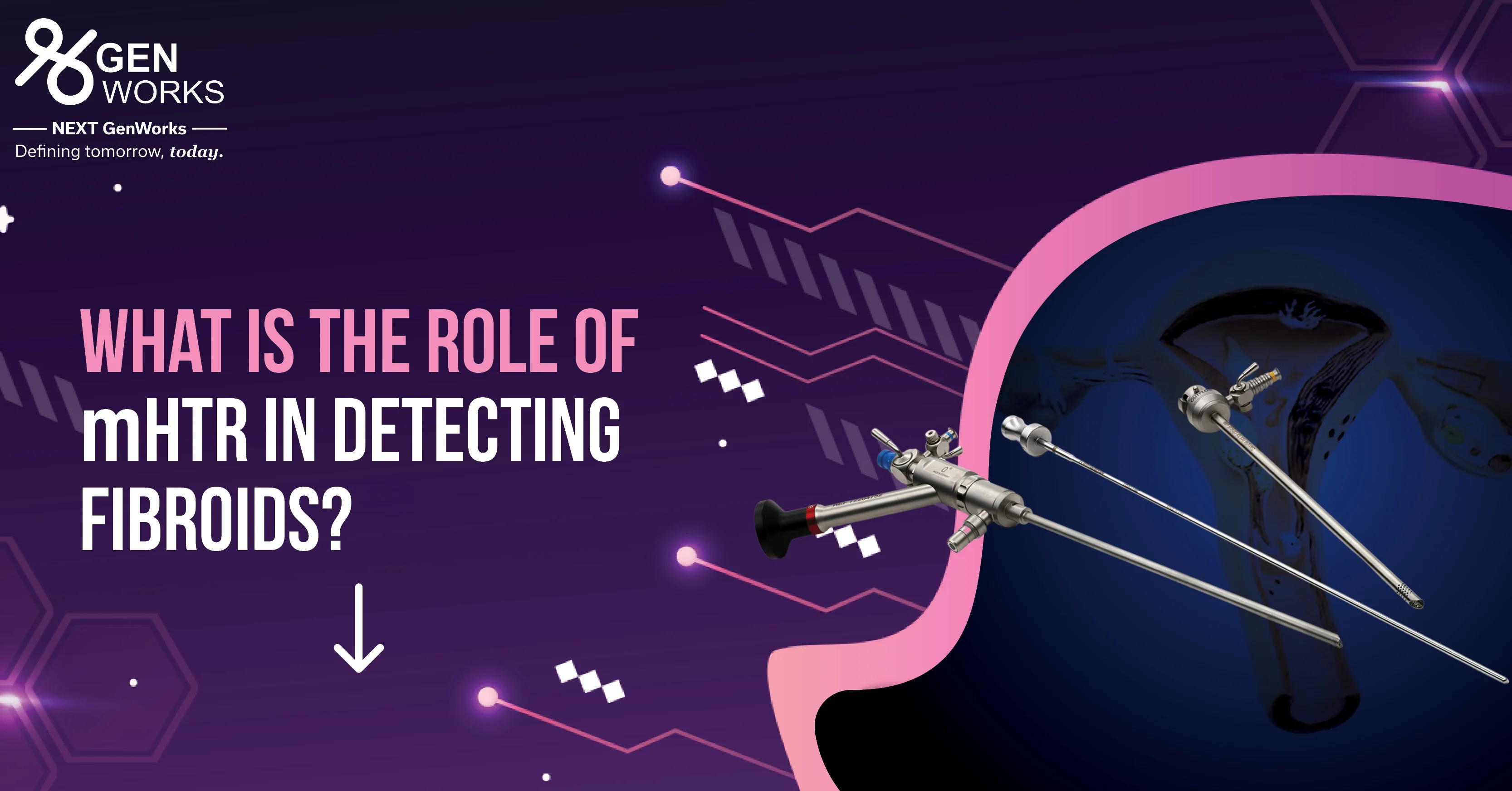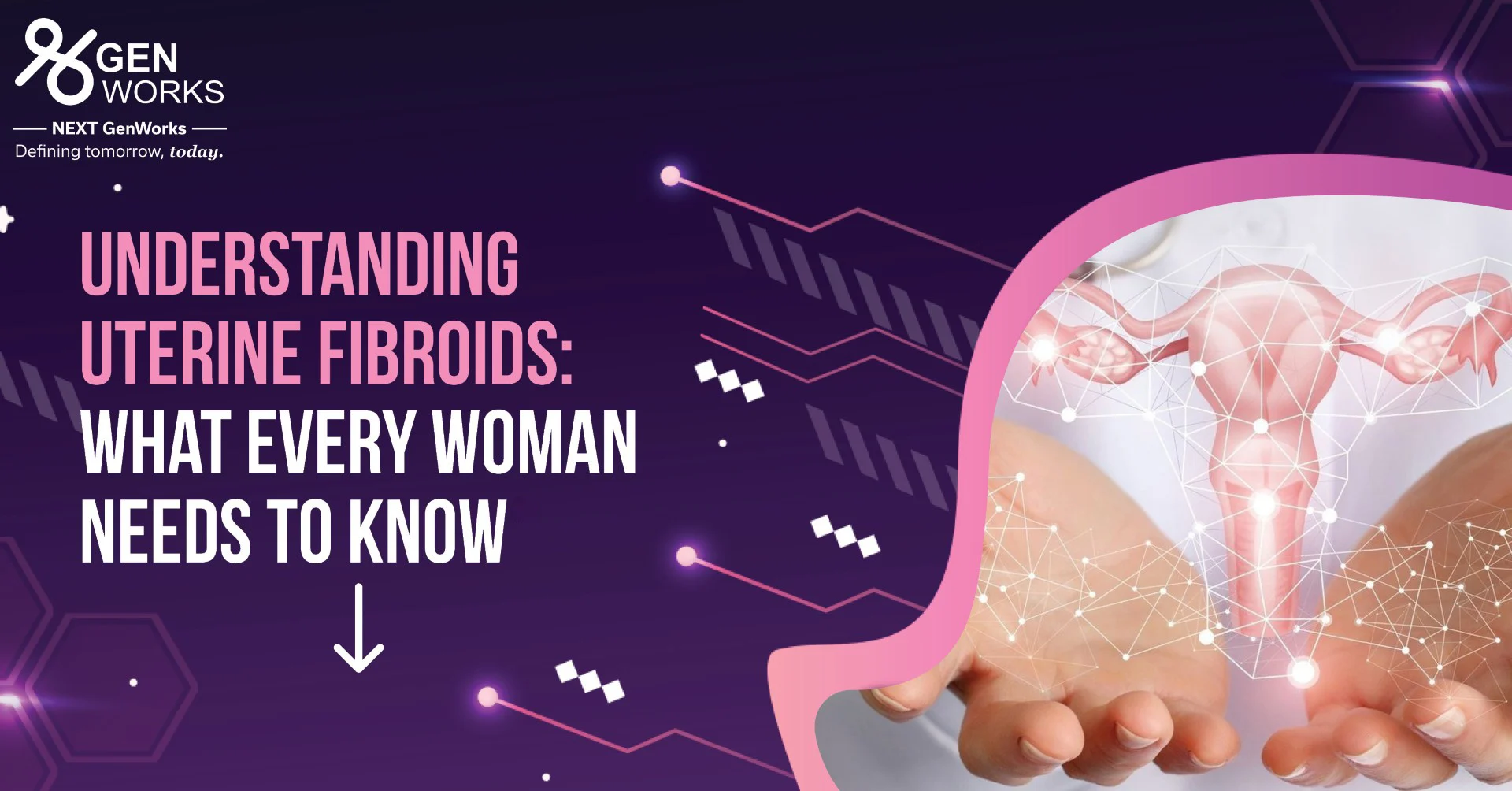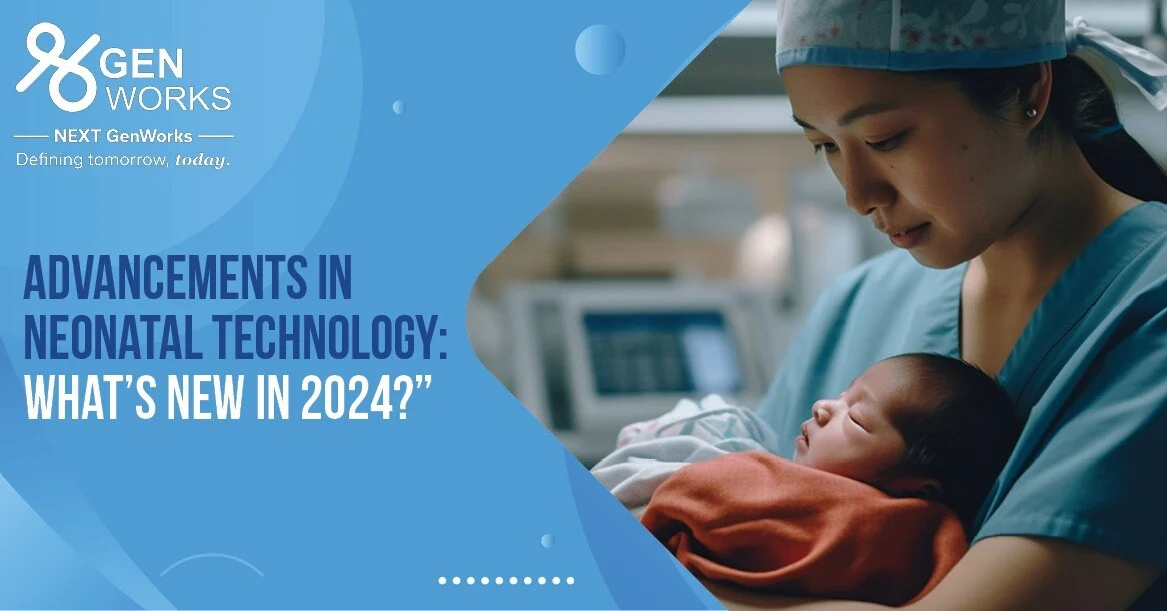Importance of Screening for Newborn Care

Auditory sense is crucial for the mental development of a child. Hearing helps the children reach the development milestones to play, learn, speak, act and move. Hearing affects these skill developments in predictable time period. Identifying the hearing loss early helps facilitate their child’s timely development.
Because there are no visual indicators, most hearing-impaired children who are not screened at birth are not identified until between 1½ and 3 years of age, which is well beyond the critical period for healthy speech and language development. However, with the help of newborn hearing screening, a hearing-impaired child can be identified and treated early. In such a case, the child will most likely develop language, speech, and social skills comparable to his or her normal-hearing peers, and thus avoid a lifetime of hearing-loss related disabilities.
Hearing Screening: When and how many times
The formula recommended by experts and followed across the world is 1-3-6, that is, screen newborn before 1-month of age, confirm the diagnosis of hearing loss and fit hearing aid before 3 months, and enroll the child for early intervention before 6 months of age. The auditory function can be either peripheral (cochlear) or central (brainstem). The available techniques can differentiate the two. No single test can detect all failure patterns in the auditory system. Thus, use of two tests for the screening of newborns for deafness is recommended. Sequential (two stage) testing can be done to detect hearing impairment. A less expensive, less invasive procedure (OAE) is performed first, and those who screen positive are recalled for further testing with a more expensive, more invasive test Auditory Brainstem Response (ABR) which may have greater sensitivity and specificity. Two phase screening using two different electrophysiological measures, OAE and ABR allows detection of various failure patterns and provides more complete information about the auditory function
IMPORTANT CONSIDERATIONS
Evaluate infants before discharge from nursery, especially high risk babies • Universal neonatal screening and not targeted ‘high risk’ screening is ideal since about 50% of infants with hearing loss have no known risk factors for hearing loss and are discharged from well-baby nursery • Delayed onset hearing loss should be considered and followed up (if presence of language delays, infections, head trauma, stigmata of syndromes, ototoxic medications, recurrent otitis media, intrauterine infections, neurofibromatosis type II) • Prevalence of hearing loss is more than twice that of the other newborn disorders combined, which can be screened • Never delay hearing assessment in a suspected case; no child is too young to be tested or too young to be evaluated • Never resort to rudimentary tests of hearing (like clapping hands) as confirmatory tests, and reassure parents that their child’s hearing is normal
Echo screen:
GenWorks health care solutions provide Echo-Screen hearing screener combines advanced TEOAE, DPOAE, and ABR techniques with fully automated results and completely standardized, pre-set screening parameters.
Proprietary OAE & ABR Technologies with automated results for TEOAE, DPOAE, and ABR Screening Techniques and it is a Fully Automated Results with Fixed Screening Parameters.
Fast, flexible, & easy-to-use, Wireless Data Transfer & Data Management




